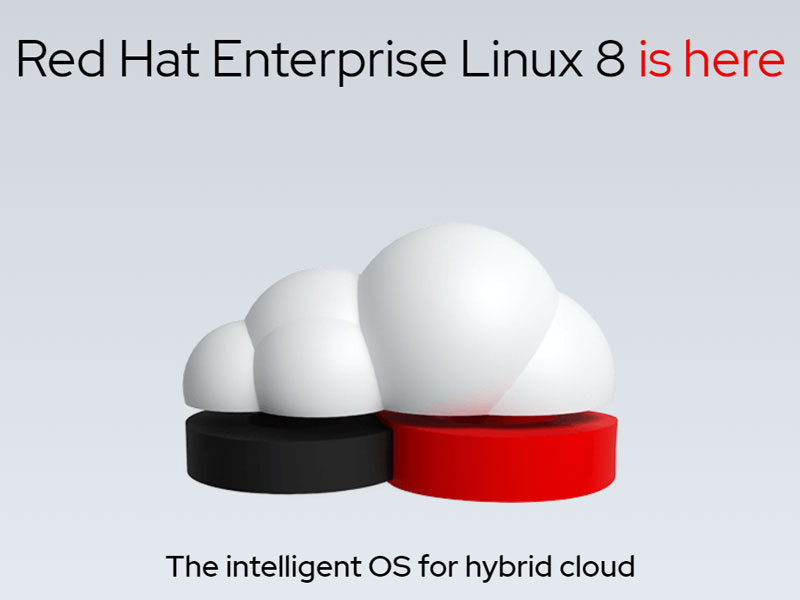-
Red Hat Insights are included by default in RHEL 8 subscriptions, to help identify and remediate IT issues, from security vulnerabilities to stability problems.
-
Red Hat Smart Management, a layered add-on that provides capabilities to manage, patch, configure and provision RHEL deployments across the hybrid cloud.
-
Application Streams: fast-moving languages, frameworks and developer tools are updated frequently in this stream without impacting the core resources. This melds faster developer innovation with production stability in a single, enterprise-class operating system.
-
Red Hat Enterprise Linux System Roles, which automate many of the more complex tasks around managing and configuring Linux in production.
-
Support for OpenSSL 1.1.1 and TLS 1.3 cryptographic standards. To enhance security, this provides access to the strongest, latest standards in cryptographic protection that can be implemented system-wide via a single command.
-
Full support for the Red Hat container toolkit. Based on open standards, the toolkit provides technologies for creating, running and sharing containerized applications.
-
Thriving partner ecosystem including thousands of certified applications, Linux container images, hardware configurations and cloud providers.
For further information, have a look at the Red Hat corporate press release.







0 Comments